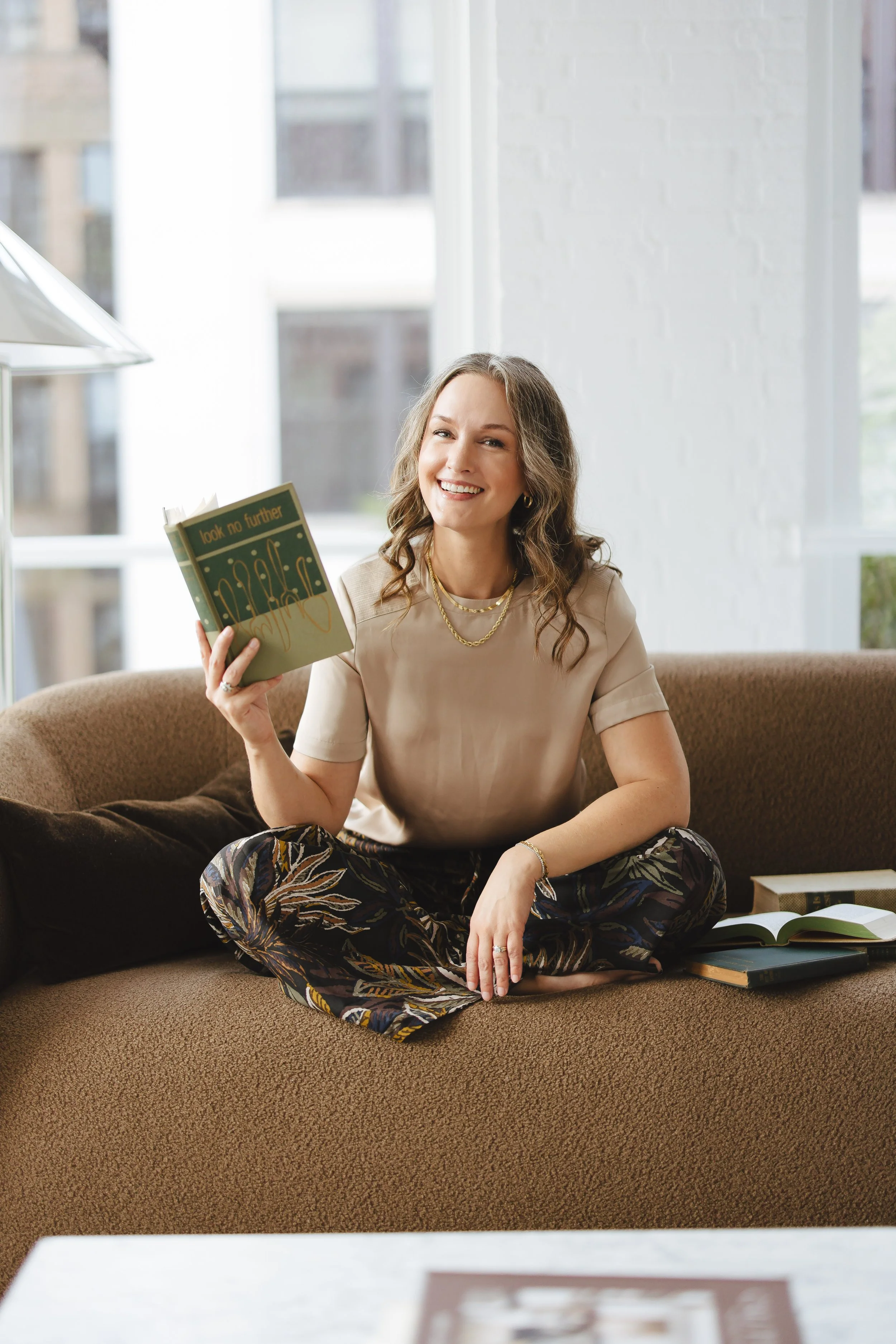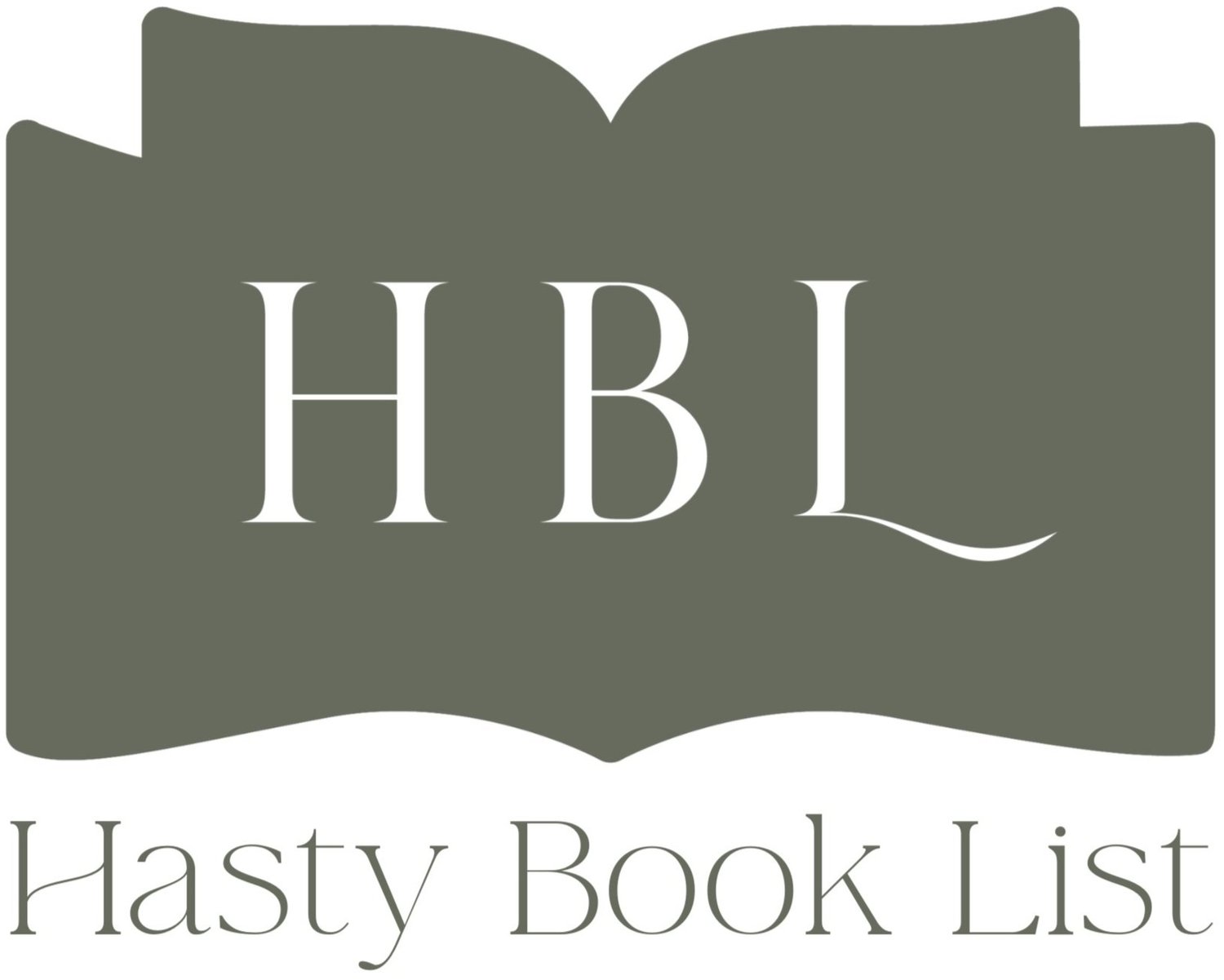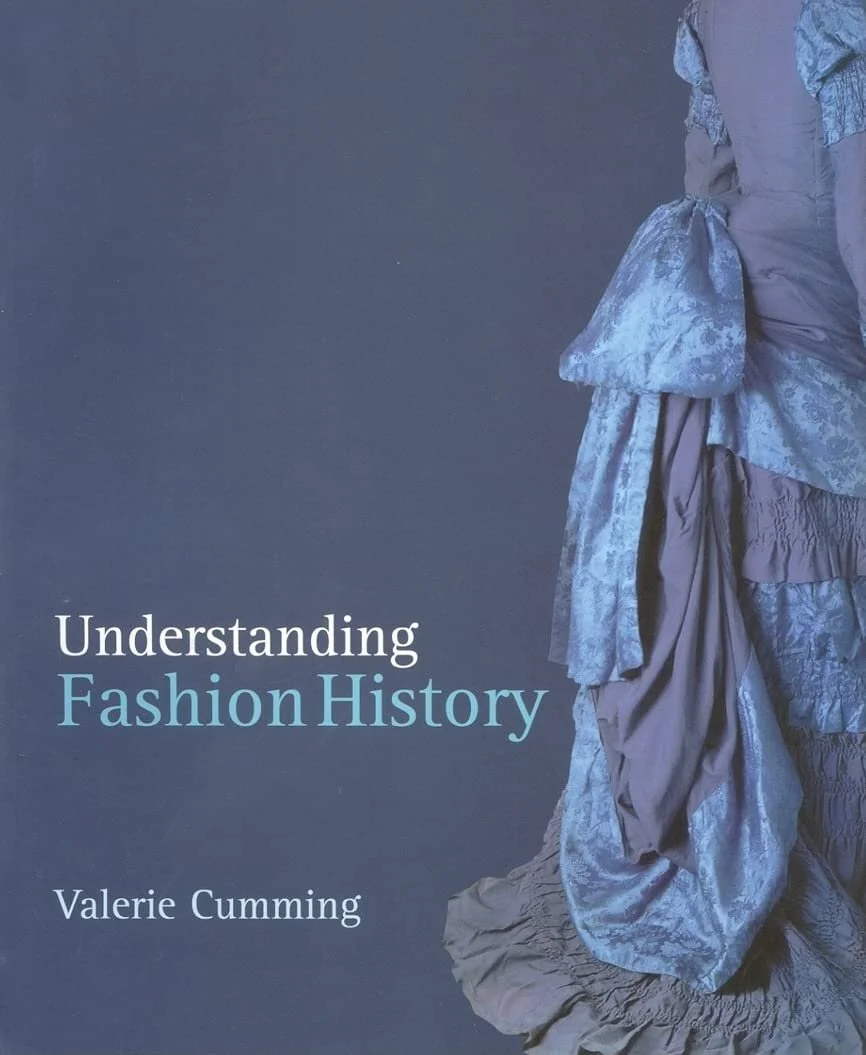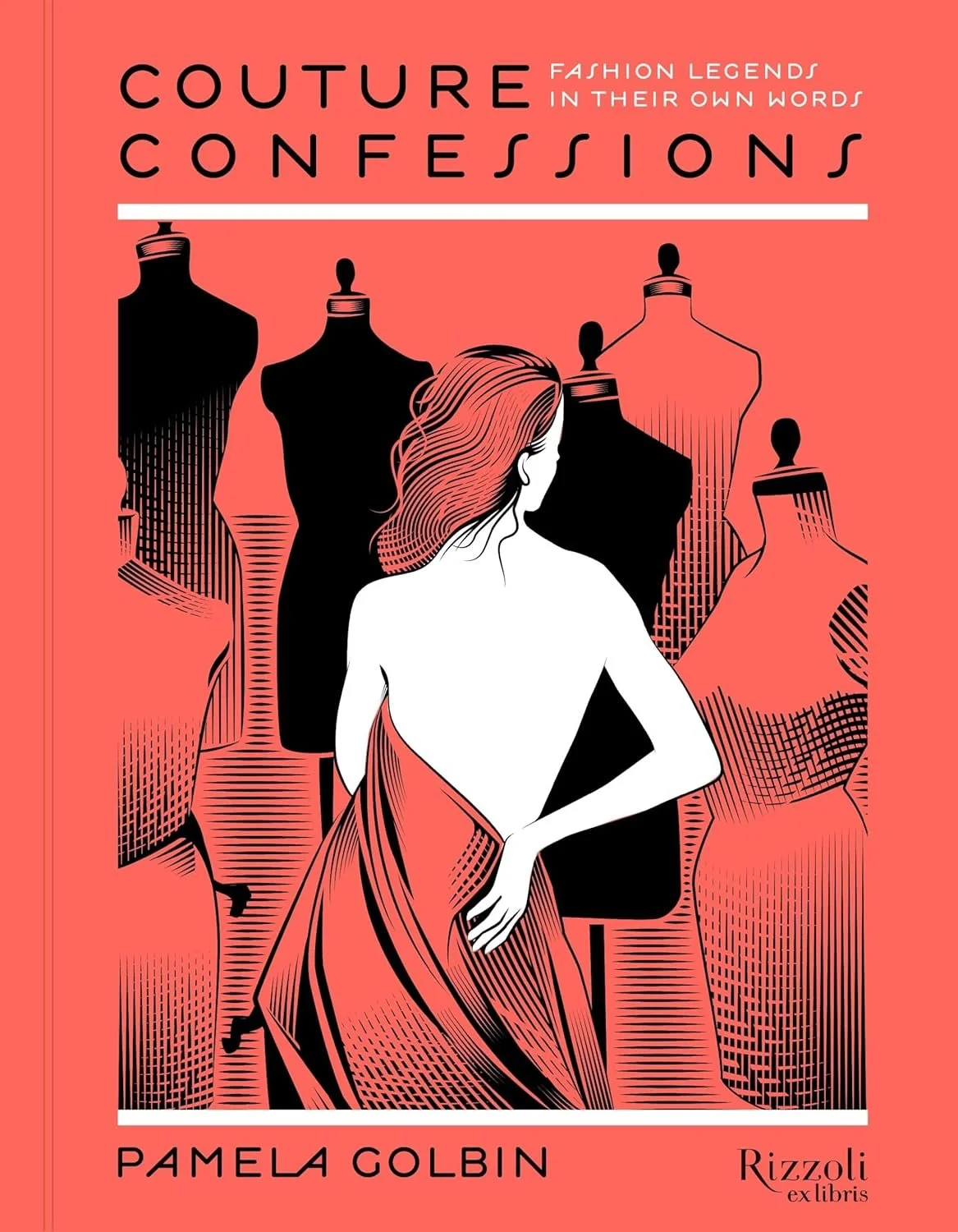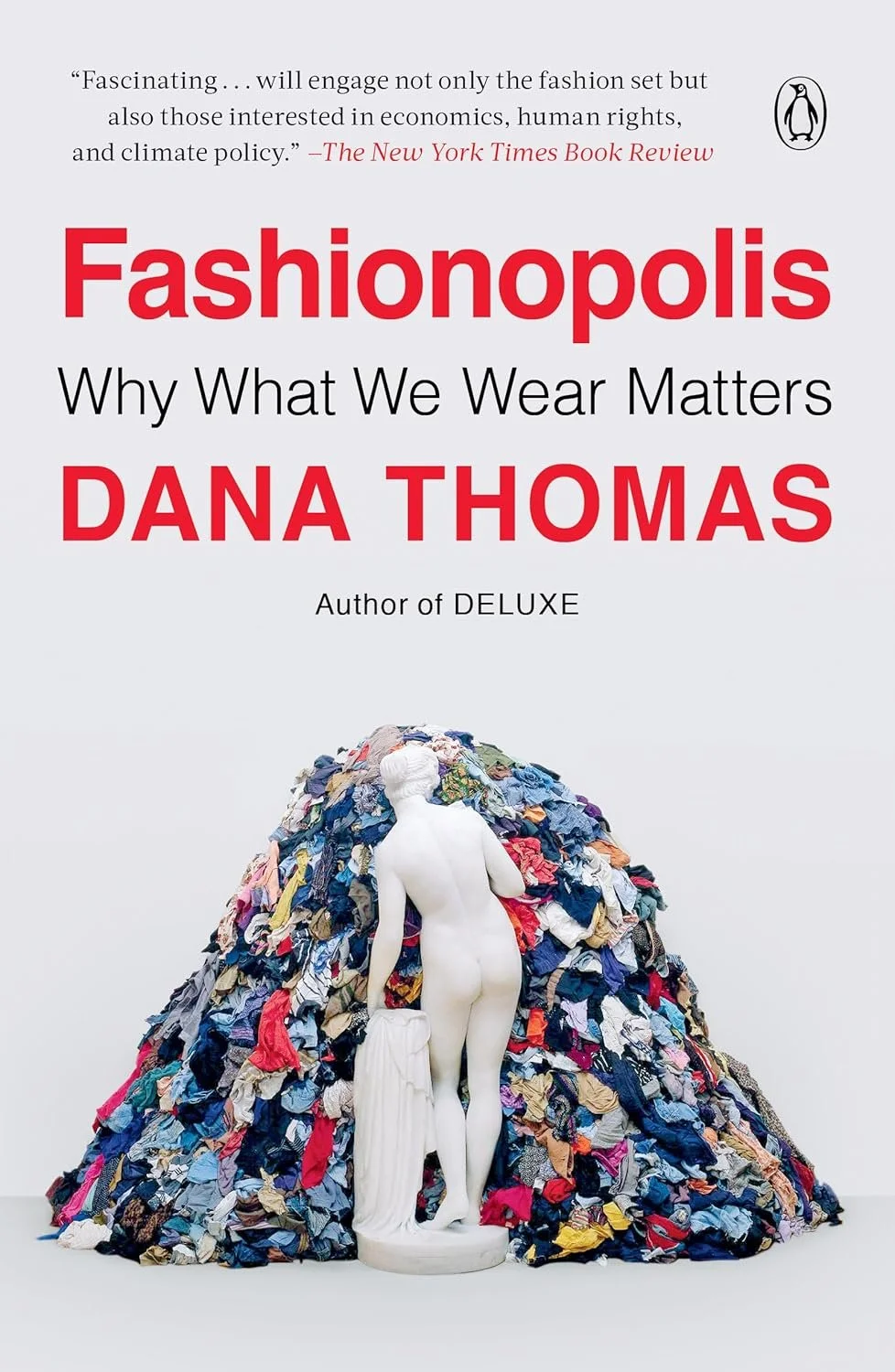Fashion History Books
Fashion History Books
I want to note that I do not get paid to do these posts, I just love authors and the book industry. However, they do take time and energy to create. If you want to donate a few dollars to my coffee fund, which keeps this blog going, you can do so here: https://venmo.com/AshleyHasty or here: http://paypal.me/hastybooklist.
Fashion is a vibrant and ever-evolving reflection of society. It is an expressive, colorful art form that not only covers our bodies but also communicates culture, identity, and emotion. The clothes we wear tell stories, echoing the values and trends of the times, while allowing us to showcase our personal style and creativity. From the bold prints and flowing silhouettes of the 1960s to the structured minimalism of the 1990s, fashion has always been an integral part of human history, shaping and being shaped by social change.
What makes fashion truly captivating is its constant state of flux. What’s trending today might be out tomorrow, only to be revived years later with a fresh, modern twist. It’s a cycle of reinvention, where vintage inspiration blends seamlessly with contemporary ideas. New materials and technologies, alongside shifts in societal values, continue to push the boundaries of design, making fashion an ever-evolving tapestry.
Diving into the history of fashion brings even more layers of appreciation to this art. Each era has its own story to tell—how society, politics, and culture influenced the way people dressed. For instance, learning about the impact of the World Wars on fashion—how shortages led to simpler designs and utility clothing—gives insight into why certain styles emerged. Similarly, the fashion revolutions sparked by figures like Coco Chanel or Christian Dior reveal the power of innovation in shaping the way we dress. (You may be interested in this list of Books About Dior or this list of Books About Coco Chanel.)
Understanding the past adds richness to our view of modern fashion. The rise and fall of trends, the reimagining of past styles, and the social context behind iconic looks all show that fashion is more than just fabric—it's a reflection of humanity. Whether you follow the latest runway trends or prefer timeless classics, knowing the history of fashion deepens your appreciation for its creativity and ever-changing spirit.
Best Fashion History Books
Fashion is more than just a means of self-expression; it’s a reflection of society, culture, and history. By understanding the evolution of fashion, we gain deeper insights into the trends and styles that have shaped different eras. In this post, I’ll explore the importance of learning the history of fashion and how it enhances our appreciation for what we wear today. Not only can this knowledge help you better understand the impact of fashion, but it can also guide you in selecting books that capture the essence of style across time—whether you're diving into a historical novel set in the glamorous 1920s or a modern-day story centered around the ever-changing world of fashion.
Why Is Fashion History Important?
Fashion history is important because it reveals how clothing has been influenced by—and in turn influenced—major cultural, social, and political changes throughout time. By looking back at what people wore in different eras, we can trace the evolution of societal norms, gender roles, and even economic conditions. For instance, the emergence of the flapper dress in the 1920s wasn’t just a trend; it symbolized women’s newfound independence and rejection of traditional constraints after gaining the right to vote. Learning these stories gives depth to what we see as mere fabric or design, helping us appreciate the significance behind the styles we wear today.
When you delve into fashion history, it also shifts your perspective on modern trends. Instead of seeing fashion as something fleeting or superficial, you begin to understand it as part of a larger narrative. You start to recognize how past styles influence today’s designs, whether it’s a throwback to 1970s bohemian prints or a reimagining of Victorian-era lace. This historical context enriches your appreciation for fashion and can even transform how you approach your wardrobe—knowing that trends recycle and evolve can make you more thoughtful about the choices you make and the stories you want your clothing to tell.
Books About The History Of Fashion
Fifty Dresses That Changed the World
This is a fun and engaging book: pick 50 dresses (many from the 20th century) that had cultural, political, or aesthetic impact. Each dress becomes a micro-case study in how fashion and society intersect.
Understanding Fashion History by Valerie Cumming
A gentler, more accessible primer. If you're building your foundation in fashion history, this is a great book to help with concepts, terms, and historical context without the heavy academic jargon.
History of International Fashion by Didier Grumbach
This is a wider survey—not just Western fashion but global. A good complement if most of your reading tends toward Europe or America. You’ll see how different regions’ fashions influenced each other, especially in the 20th century when travel and media accelerated exchange.
Vintage Fashion: Collecting and Wearing Designer Classics
Although this leans into vintage and collecting, it’s a useful lens into how garments from the 20th century are understood, preserved, and worn today. Also helpful if you're curious about identifying key pieces or understanding styles in detail.
Decades: A Century of Fashion by Cameron Silver
As the tag suggests, this book is a visually rich chronicle of twentieth-century style by decade. If you like decade-by-decade breakdowns (e.g. ‘20s flapper dresses, ‘50s rockabilly, ‘80s power dressing), this is for you.
Black in Fashion: 100 Years of Style, Influence & Culture
This is a more recent and important corrective in fashion history. It highlights the contributions of Black designers, models, and creatives across the 20th and 21st centuries. You’ll learn about underrepresented voices and how they influenced broader trends in fashion.
A Cultural History of Fashion in the 20th and 21st Centuries by Bonnie English
This is a deep, scholarly look at how fashion evolved during the 20th century (and into the 21st). Expect to see how movements like modernism, wartime austerity, postwar consumerism, youth culture, and globalization shaped what people wore. Great for readers wanting a structured narrative spanning a century of change.
“Fashion: The Definitive History of Costume and Style” by DK Publishing
This comprehensive guide takes readers through thousands of years of fashion, from ancient times to modern trends. Expect stunning visuals and timelines that help place styles in historical context. It’s great for readers who want a big-picture overview of fashion's evolution.
“The Fashion System” by Roland Barthes
A deep dive into the semiotics of fashion, Barthes' book analyzes fashion as a language and explores how clothing communicates meaning. It's ideal for readers interested in the philosophy behind fashion and its symbolic significance.
“How to Read a Dress: A Guide to Changing Fashion from the 16th to the 21st Century” by Lydia Edwards
“The Anatomy of Fashion: Why We Dress the Way We Do” by Colin McDowell
McDowell’s book takes a close look at the cultural reasons behind fashion choices, breaking down clothing piece by piece—from head to toe. It’s perfect for readers curious about the 'why' behind fashion’s form and function.
“The End of Fashion: The Mass Marketing of the Clothing Business” by Teri Agins
Agins explores how fashion has shifted from exclusive haute couture to the mass marketing of today’s global brands. Readers will learn about the industry's transition and how modern consumerism has influenced fashion.
“Couture Confessions: Fashion Legends in Their Own Words” by Pamela Golbin
This book features interviews with iconic designers like Yves Saint Laurent and Christian Dior, offering personal insights into their creative processes. Expect a behind-the-scenes look at the minds behind haute couture.
“Fashionopolis: The Price of Fast Fashion and the Future of Clothes” by Dana Thomas
Focused on the sustainability crisis in the fashion industry, this book is an eye-opening exploration of fast fashion’s environmental and ethical costs. It’s a must-read for anyone interested in the future of fashion and its global impact.
“The Battle of Versailles: The Night American Fashion Stumbled into the Spotlight and Made History” by Robin Givhan
Givhan recounts the iconic 1973 fashion show that pitted French couture against American designers. This book explores the event's cultural impact and how it helped shift the fashion world’s attention to American talent.
“Dressed: A Century of Hollywood Costume Design” by Deborah Nadoolman Landis
Landis covers a century of Hollywood costume design, revealing how film has shaped popular fashion. Expect fascinating stories behind iconic movie wardrobes and how costumes have influenced real-world fashion trends.
“The Little Dictionary of Fashion” by Christian Dior
Also listed in Best Fashion Coffee Table Books
Written by Dior himself, this book offers timeless style tips and insights into what makes fashion chic. It’s perfect for readers who want to learn the foundations of classic fashion from one of the most iconic designers in history.
“Paris Fashion: A Cultural History” by Valerie Steele
Steele explores the development of Paris as the fashion capital of the world, from the reign of Louis XIV to the present day. Readers will learn how Parisian style has become synonymous with elegance and luxury over the centuries.
“The Fashion Book” by Phaidon Editors
This encyclopedia-style book features short profiles of over 500 designers, models, and photographers who have shaped fashion history. It’s a great resource for readers who want to get a quick yet comprehensive look at influential figures in fashion.
“Fashion and Its Social Agendas: Class, Gender, and Identity in Clothing” by Diana Crane
Crane examines how fashion reflects and reinforces social hierarchies, exploring how class, gender, and identity have been communicated through clothing over time. Expect a sociological approach to understanding fashion’s deeper meanings.
“Alexander McQueen: Savage Beauty” by Andrew Bolton and Tim Blanks
A catalog of the iconic designer’s work, this book dives into Alexander McQueen’s provocative and theatrical designs. Readers will get a sense of how McQueen’s work pushed boundaries and redefined fashion as art.
“The Golden Thread: How Fabric Changed History” by Kassia St. Clair
This book focuses on textiles and their role in shaping civilizations, from ancient Egypt to modern-day space exploration. Readers will gain an appreciation for the role fabric plays in human history and innovation.
“Fashion Since 1900” by Valerie Mendes and Amy de la Haye
Mendes and de la Haye provide a detailed overview of 20th-century fashion, covering key designers, movements, and technological advancements. Readers can expect to learn how fashion mirrored the dramatic cultural shifts of the last century.
“Queen of Fashion: What Marie Antoinette Wore to the Revolution” by Caroline Weber
This fascinating biography delves into how Marie Antoinette used fashion as a political tool—and how it contributed to her downfall. It’s a great pick for readers interested in how clothing can reflect power and politics.
“The Fashion Chronicles: The Style Stories of History’s Best Dressed” by Amber Butchart
Butchart tells the stories of history’s most influential style icons, from Cleopatra to David Bowie. Readers will discover how these figures used fashion to shape their identities and leave lasting legacies.
“Fashioning the Body: An Intimate History of the Silhouette” by Denis Bruna
This book examines the ways in which clothing has been used to alter the body’s shape throughout history, from corsets to shoulder pads. Expect detailed visuals and explanations of how fashion reflects societal ideals of beauty.
“Vogue and The Metropolitan Museum of Art Costume Institute: Parties, Exhibitions, People” by Hamish Bowles
You may also be interested in my post about the History of the Met Gala
A visually stunning book that captures the glamour and artistry of the Met Gala, this is a must-read for fashion lovers who appreciate the intersection of fashion, art, and culture. It’s an insider’s look at one of the fashion world’s most important events.
These books offer a deep dive into various aspects of fashion’s history, providing readers with everything from foundational knowledge to critical perspectives on modern fashion’s impact.
How To Learn About Fashion History
Start with Fashion History Books
Begin by reading comprehensive books on fashion history. Classics like "Fashion: The Definitive History of Costume and Style" or "Paris Fashion: A Cultural History" can give you a solid foundation. These books cover fashion’s evolution over centuries, helping you understand the key movements and figures that shaped trends.Explore Museum Collections and Exhibits
Visit museums with fashion exhibits, such as The Metropolitan Museum of Art’s Costume Institute or The Victoria and Albert Museum in London. Many museums also have online archives where you can explore their collections digitally. Exhibits provide a visual and tactile sense of the materials and craftsmanship of historical garments.Watch Documentaries and Films About Fashion
Documentaries like "The First Monday in May" or "Dior and I" give insight into the fashion industry and its history. Biopics about designers like "Coco Before Chanel" offer a closer look at how key figures influenced the fashion world.Follow Fashion Historians and Curators Online
Many fashion historians share their knowledge through social media platforms like Instagram and YouTube. Following figures like Amber Butchart or platforms like Dressed: The History of Fashion podcast can provide bite-sized, engaging content on fashion history.Study Fashion Timelines and Look for Patterns
Look for fashion timelines online to identify key moments when fashion shifted due to historical events, such as wars, political changes, or cultural revolutions. Understanding these patterns will help you connect fashion with larger societal trends.Analyze Iconic Designers and Their Contributions
Focus on influential designers, like Coco Chanel, Yves Saint Laurent, and Alexander McQueen, and how they revolutionized fashion. Learning about their work helps to understand pivotal moments in fashion’s history.Research the Fashion of Different Eras and Cultures
Fashion history isn't just about European or American designers. Explore how clothing evolved in various cultures around the world, from traditional Japanese kimonos to African textiles. This will give you a broader view of global fashion history.Read Fashion Magazines’ Archival Issues
Many iconic fashion magazines like Vogue or Harper’s Bazaar have decades of archived issues. Flipping through these old magazines gives you a firsthand view of how fashion was marketed and perceived in different eras.
By using these tips, you’ll develop a well-rounded understanding of how fashion has evolved and what influences have shaped it, giving you deeper insight into modern trends.
